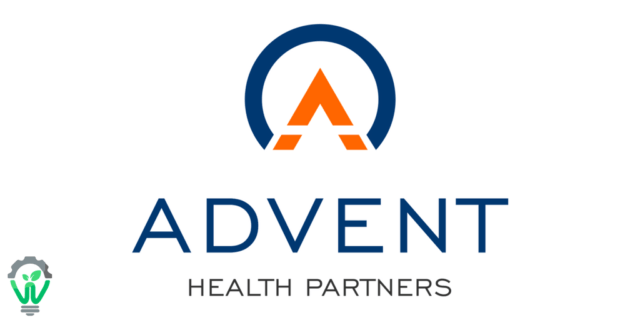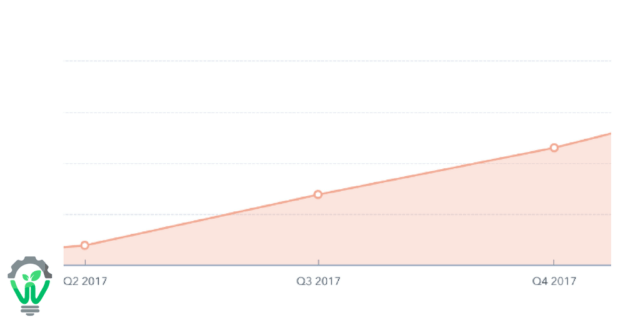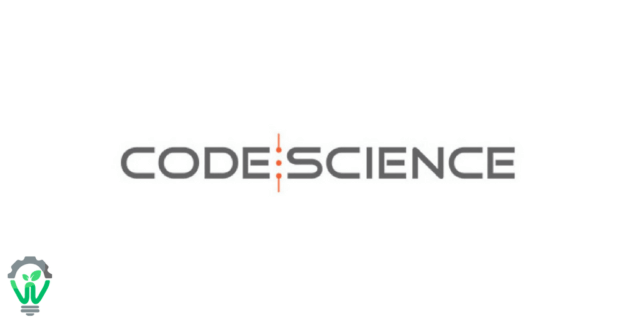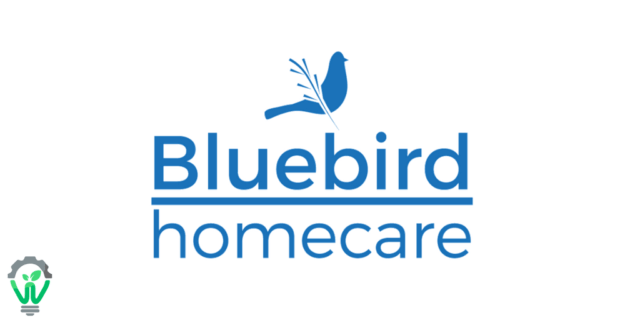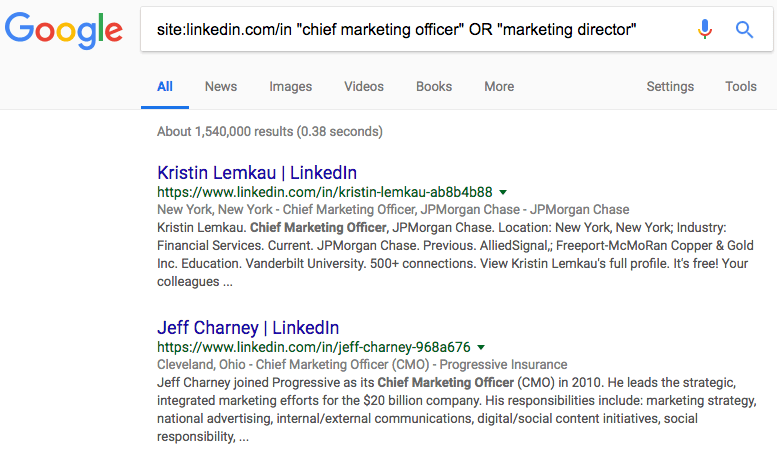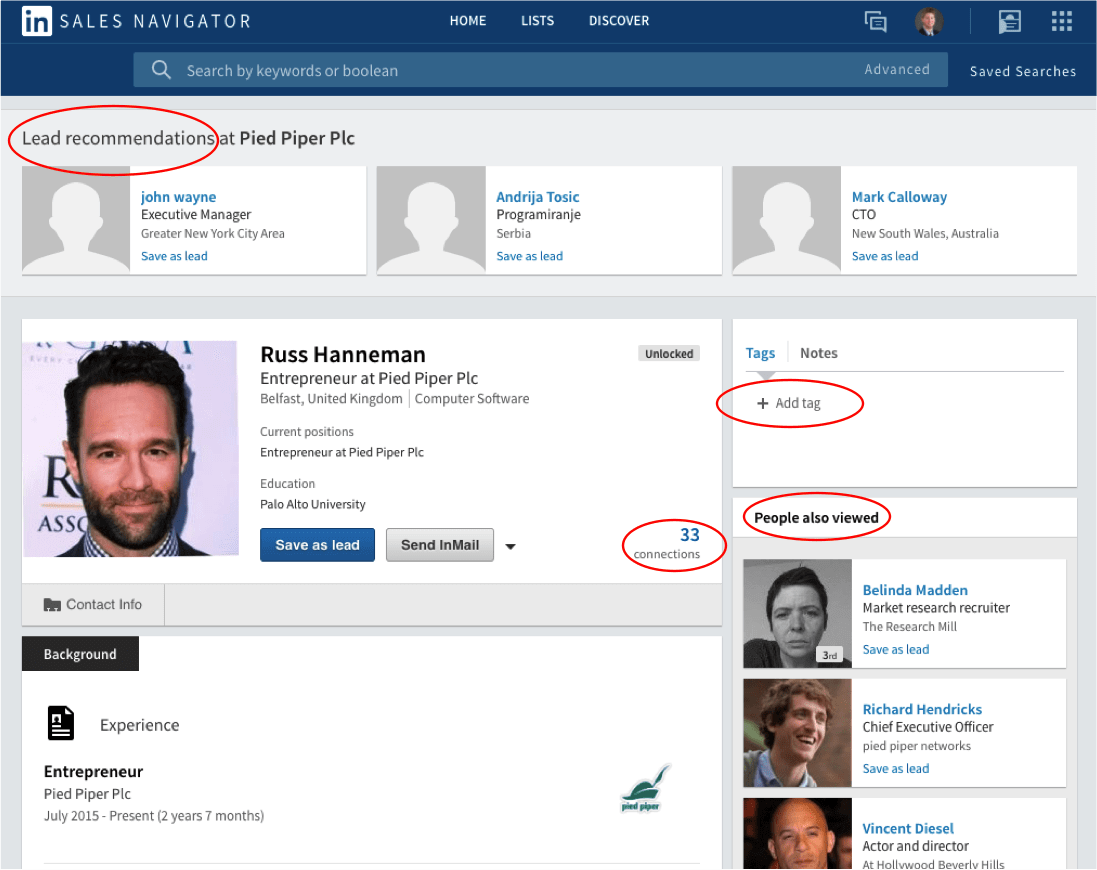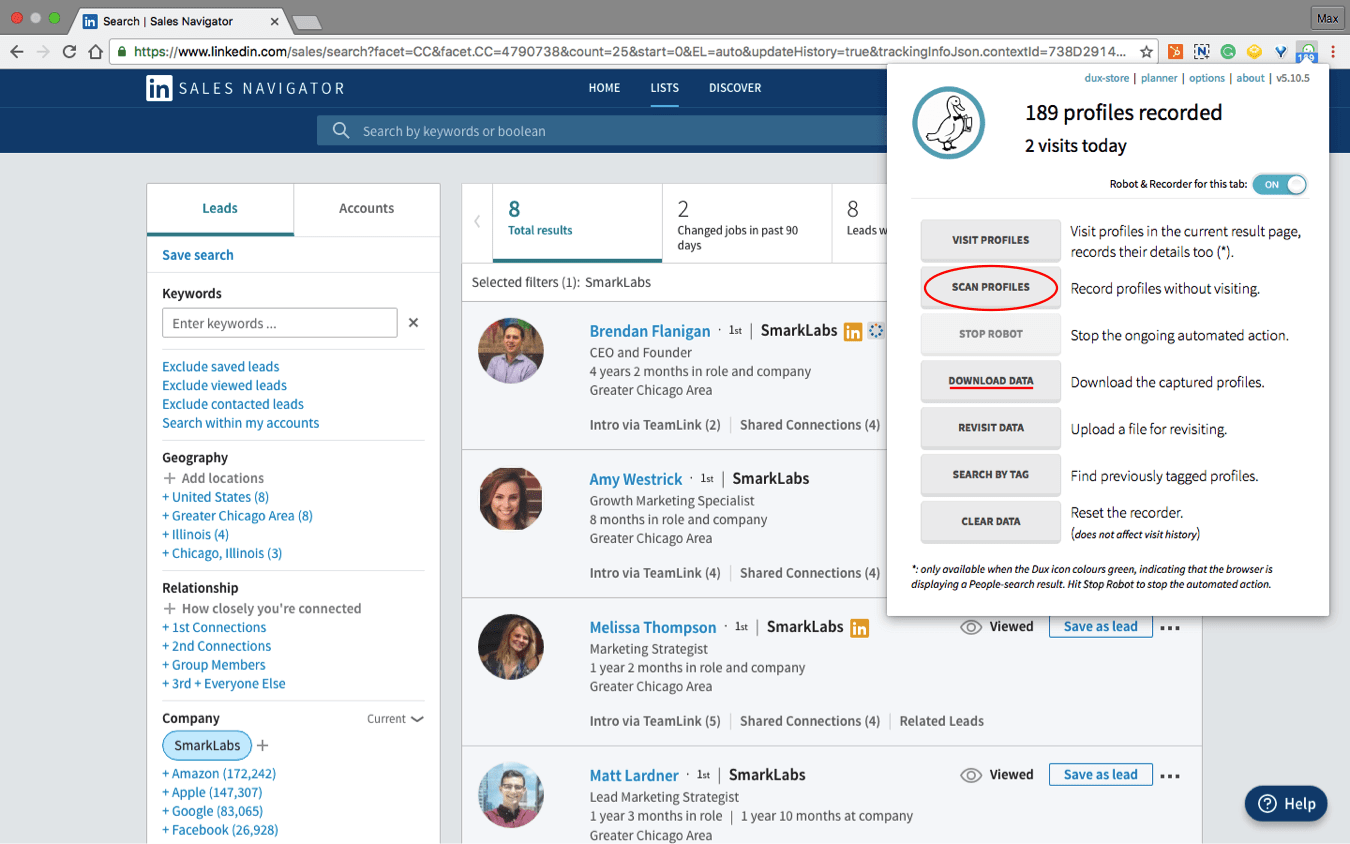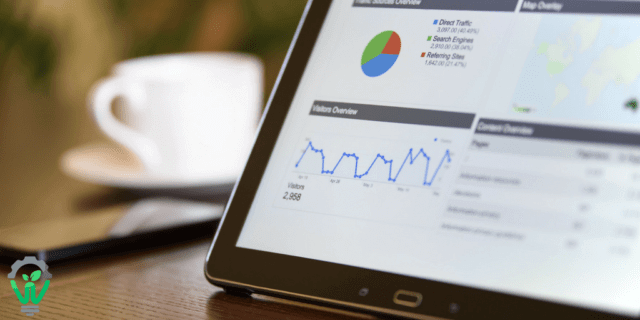
How to Drive Pipeline and Growth Through a Market Research Campaign
In 2011, your 400-word blogs may have been enough to stand out. But today’s differentiators include interactivity (think, video or actionable tool), data-backed insights and, well, something fresh.
What’s resonating throughout the full funnel right now is market research — conducting outreach and surveys that collect data, then turning said data into insights that appeal to your target personas and starting conversations from a strong foundation. It sounds intense — but market research doesn’t have to be done by a focus group. Sales and marketing leaders even at SMBs have the capacity to generate real prospect insights, turn that data into a “State of” thought leadership report, then leverage those new insights to drive prospect meetings — it’s the “holy grail,” a fully integrated campaign throughout your whole pipeline. It may seem like a lot of work — and it won’t happen overnight — but there’s no reason you can’t pull this off yourself….especially if we lay out the step-by-step guide to getting the job done.
Here’s our process for conducting market research campaigns that drive leads, opportunities and business — while setting marketers up for months of high-quality content. You can also download our 11-step template, part of our ever-increasing amount of resources in the Smark Toolbox.
Identify Your Core Persona
In thinking about your goals for this specific campaign, it’s crucial to have your persona well-defined and a high-level understanding of how they seek and derive value. Understand what information they would want to know — whether it’s about their prospects, their market or their competitors; it’s essential to the strategy that the information you gather is aligned with the needs of your ideal client persona (ICP).
Define Your Value Prop, Audience, and Questions
Now that you know your target audience, how are you going to connect with them throughout the campaign? You’ll want to have goals in mind of what you (read: they) want to learn and work from there to plan a statistically significant way to get that information. Not sure how many people you need, who you should target as a respondent or how to ask questions in a way that provides valid data? It might make sense for you to bring in a freelance/contract data analyst.
We recommend the main function or purpose be publishing a thought leadership report jam-packed with key takeaways, data points and perspectives from respondents. This is a unique, in-market value-add that (if you went niche and targeted enough) delivers significant prospect value.
Build Your Survey
There are several tools for collecting survey responses — some, like Typeform, feature increased interactivity. We use SurveyMonkey because most respondents are familiar with the tool and its UI, and it’s very flexible in the style in which you ask questions (some may be better served as single choice, multiple choice, rating on a scale of 1-5 or 1-10, and so on). Any tool that collects responses and allows you to report on percentages will suffice. How many questions should you ask? Well, it depends on the value-add. In general, the more value you’re delivering, the more willing prospects are to provide more information. You could generate useful data in as few as 8-10 questions if they’re well thought out, while we’ve seen surveys succeed that have 30+ questions.
Conduct Your Outreach
It’s time to build your outreach emails or strategy — here are a few recommendations to ensure you’re optimizing for success at this crucial step. Consider how narrow and specific your target respondent pool should be, and whether you want to use public channels (blogs, social media, third-party sites and so on) or keep it private and contained. With a well-defined audience and a private outreach plan, it’s likely your main channel will be email. We recommend a mix of marketing emails and sales touches spaced over the course of several weeks, with possible phone-call sales cover as well. Your promotional emails should be centered on the value proposition. Its unlikely prospects will do you a favor for the sake of it, so your messaging should be conveying “what’s in it for them” as a through line.
An effective response accelerator is financially incentivizing recipients — just be sure to consider seniority level of your target respondents when setting your budget (what CEO is changing his or her mind over $10 to Applebee’s?). A tactic that works for us is to use Amazon gift cards due to the myriad items you can put it toward, and share an article in one of the emails listing great things you can buy on Amazon.com for that amount or less. Another pro tip is to escalate at a certain point in the cadence — maybe your first batch was motivated by $25 or $50, but by excluding current submissions and doubling the offer, you can entice several more responses.
Finally, you will likely want to separate this from the regular marketing/sales outreach your prospects or target respondents receive, so as not to overwhelm them or drive unsubscribes. It may be beneficial to have a marketing partner or third party conduct the outreach on your behalf, allowing your planned marketing/sales outreaches to continue uninterrupted and giving the survey emails a different look and feel in the recipient’s inbox. At the very least, change the send name and send email address as a differentiator.
Report on What You’ve Learned
You’ve struck a chord with your outreach and have collected enough responses to move forward congratulations! The information gathering is over, now the processing begins. Say you haven’t, though, and the campaign has “failed” — here’s a pivot and a quicksilver lining: you’ve just amassed whatever number of data points about either your prospects (which you can map into your CRM and use to fuel hyper-targeted outreach) or their prospects (which gives you information your prospects want, but don’t have). Make those responses the basis of outreach, or start a webinar series deep-diving on their current condition and invite respondents to be featured guests.
But you’ve nailed this campaign going step-by-step, and are ready to move forward. Time to turn these findings into insights, aligned with what you were hoping to learn from the early stages (again, may be helpful to have a stats/data expert, even if just on a contract or freelance basis).
Break these findings into sections, get a writer and a designer involved, and develop a downloadable and printable PDF version of the report. Expert level is to create an interactive web version for prime user experience. You will likely want to incorporate and attribute any quotes, examples, visual reporting and so on that will enhance the data insights.
Leverage Your Insights
Time for a full-court press to get the most out of the work you’ve done so far! Promotional strategies will be different for every company, based on strengths, capabilities, bandwidth and budget — but here are 12 suggestions pulled from our market research template to consider when building your cross-channel plan.
- A conversion-optimized site landing page
- Promotional emails emphasizing the report’s value
- Sales templates or emails emphasizing the report’s value
- Social content pulling out key stats or insights from the report
- A video explaining why you did it, what’s included and what you learned (you can cut into GIFs for emails, too!)
- A blog series highlighting and adding context to the most important findings, broken down by section
- Landing pages segmented by industry or vertical, highlighting the most relevant information for that audience
- Sales outreach to respondents (wait a bit to not be overly aggressive) based on specific pain points or triggers
- A webinar or live event panel highlighting the specifics of a few respondents, and your overall market findings
- Put the full report text on a page and lightly gate it (work email only) to generate new contacts from web searches
- Look for people asking questions the report answers on forums or discussion boards, and share the information with a link
- Start a podcast or video interview series based on what you learned from the report, featuring respondents and/or your ideal prospects.
We’ve equipped you with everything you need to make this campaign happen: a template, a case study, this deep-dive blog. There’s also a webcast session on the same topic if you prefer to hear it from SmarkLabs CEO Brendan Flanigan.
Looking for a partner in execution? Drop us a line and we’ll set up a call to talk campaigns, strategy, collaboration and how you can hit your growth goals.



